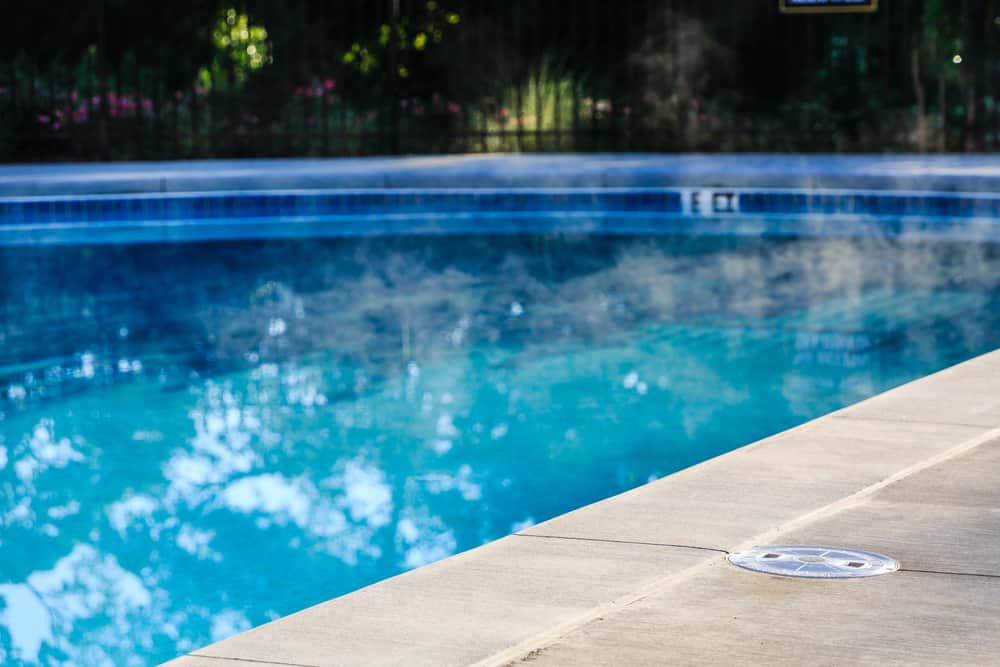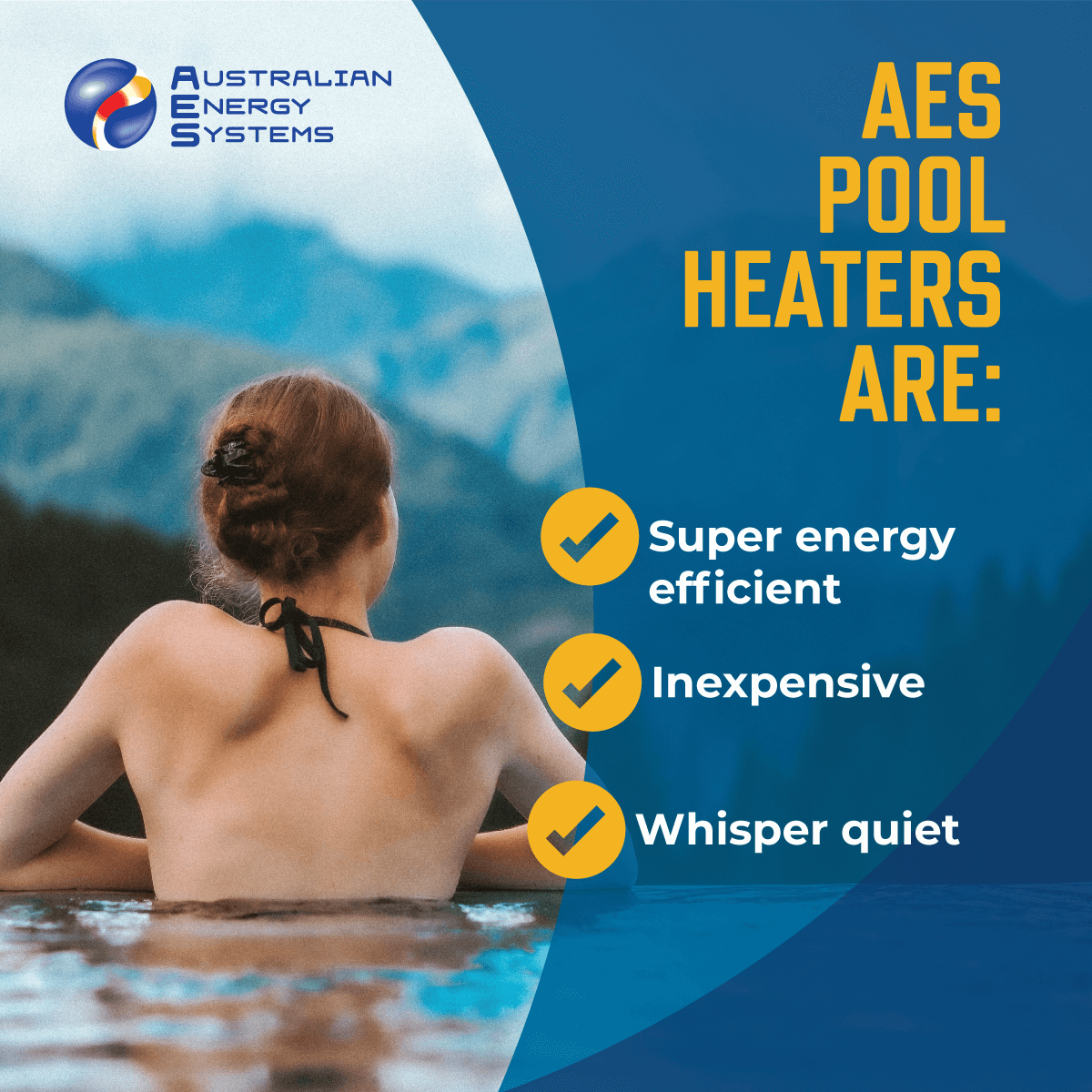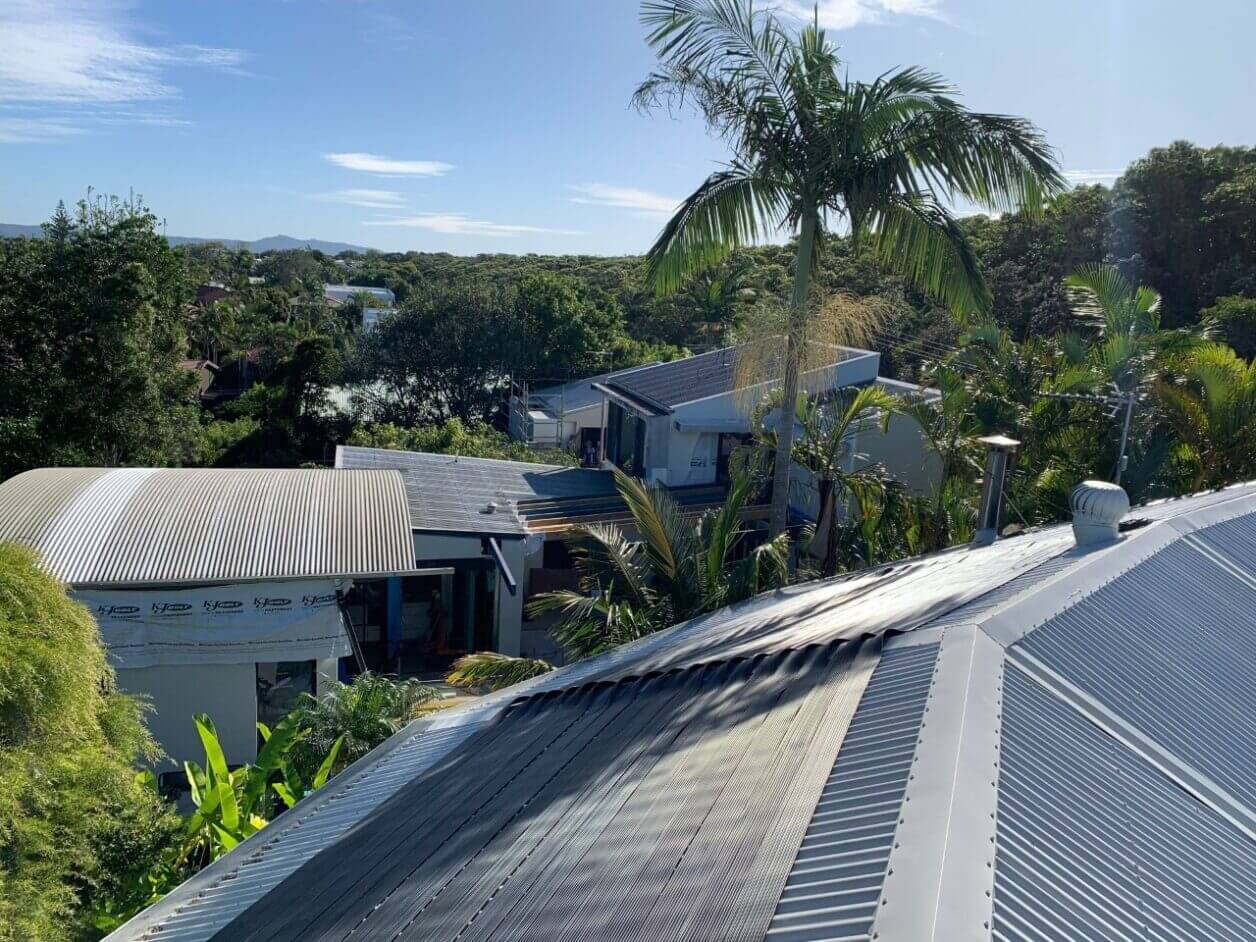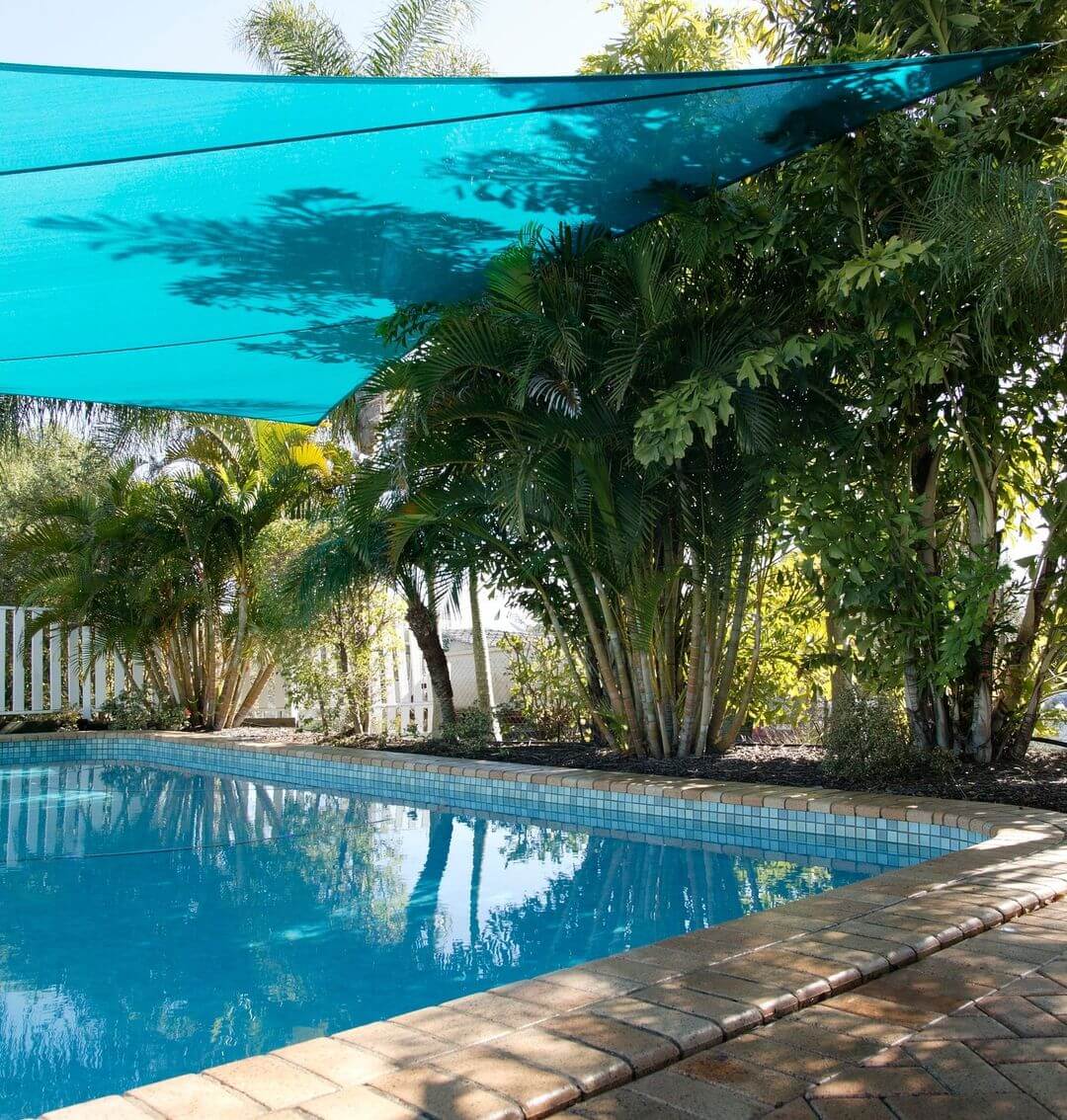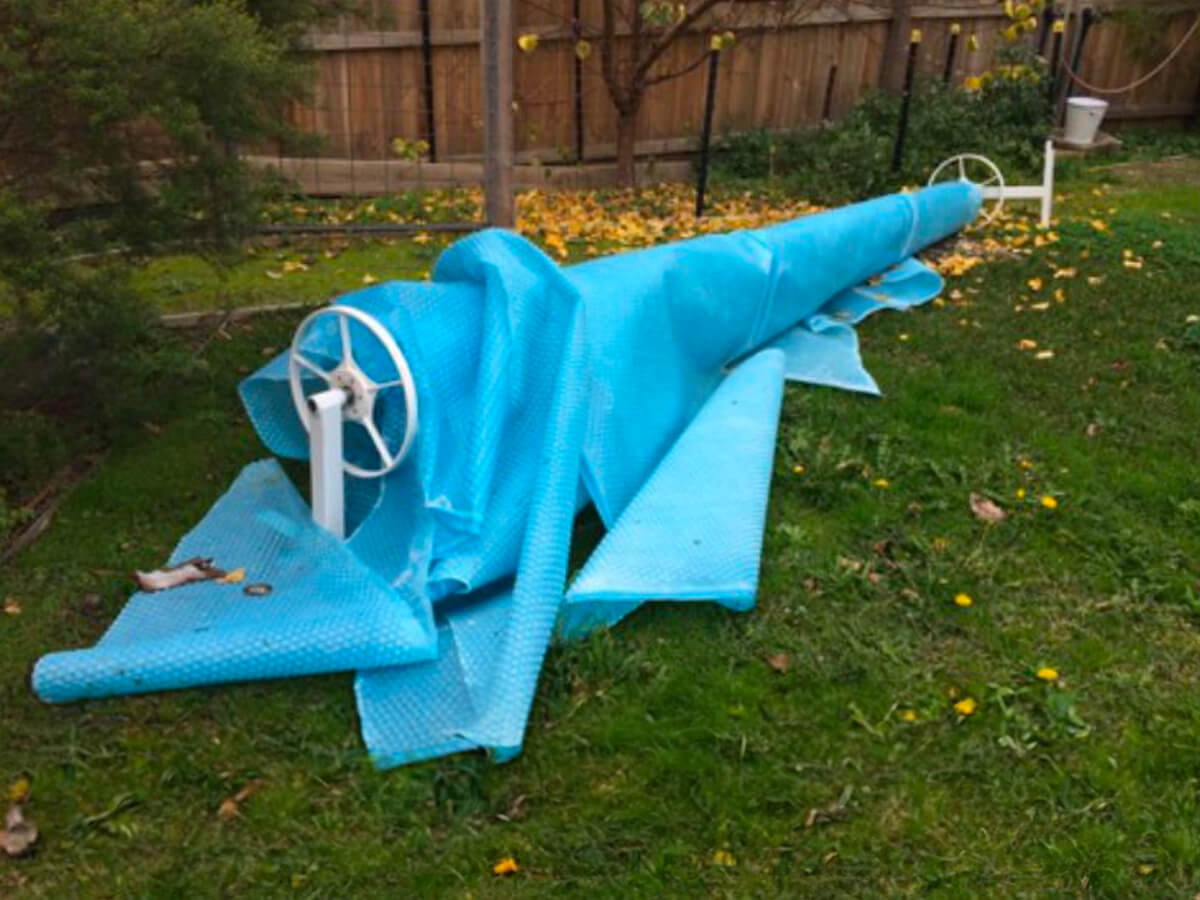A pool is a great way to take advantage of the health and social benefits of swimming. Every pool deserves a heater so that those advantages can be reaped year round. In this article we will discuss the options available for heating your pool and their strengths and weaknesses.
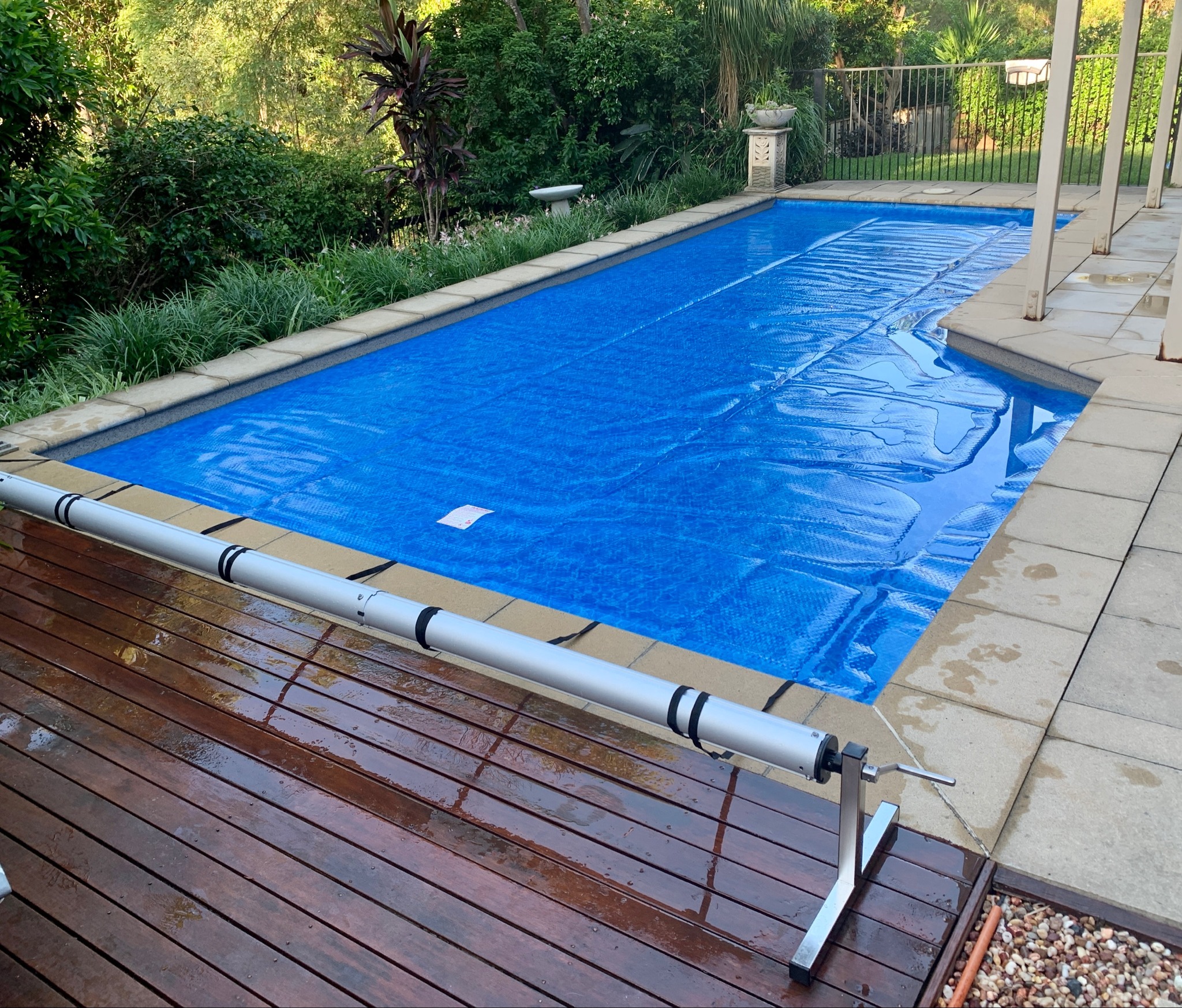
Types of Pool Covers: A comprehensive guide
Investing in a swimming pool is a fantastic addition to any home, offering relaxation, exercise, and countless memories. However, maintaining a pool can be a

